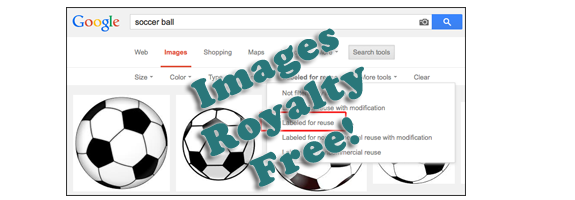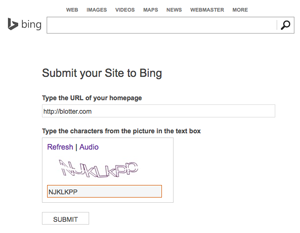Website managers who outsource their work overseas are becoming increasingly dependent on banks and services with the means to make payments to their foreign workers. Expenses can be high when sending money to places like East Asia or South America – free is something sure to help your bottom line while improving your relationship with foreign workers.
Here’s a guide to follow for sending money overseas for free. Remember to shop the Foreign Exchange rates before sending money through any institution, since some banks rip clients off with exorbitant rates. Check the Interbank rate, then add a few pips to the exchange rate to compensate the bank’s trading desk. Remember, bank rates and fees are not all the same, so shop it hard. Also, knowing where your bank has international locations can save a bundle, especially where intra-bank transfers are available.
- Inside Bank Money Transfer (FREE) – Many financial institutions are now allowing their customers to send money to each other without charges. This requires that both parties are using the same bank. Bank of America, HSBC and Wells Fargo all offer their customers free transfers from their own checking accounts to other accounts within the same bank.
- Cash (FREE) – While the prospect of showing up with a suitcase full of cash won’t appeal to the security-minded, this method can be the cheapest and easiest way for sending money overseas. Most countries legally allow up to $10,000 in cash across customs – without having to pay taxes. So, if you know you’re heading to India for a meeting, why not make that $2000 payment in person?
- Prepaid Credit Cards (FREE) – Perhaps the most creative way to send money to clients, both Visa and MasterCard offer options for loading gift cards for mailing overseas.

India is a daunting place for many things, including sending money…
- Prepaid Store Cards (FREE) -It’s also worthwhile to look at retailers who sell and accept prepaid gift cards at all locations. Given the large number of international luxury brands (i.e., Armani, Apple, Victoria’s Secret, etc.), sending money overseas is now a luxury transaction!
- Bank to Bank Money Wire – If your foreign worker doesn’t have an account at the same bank that you do, banks will charge a higher sir charge but also allow for sending a higher amount of money. For instance, Bank of America charges $45.00 for a wire to most banks. You’ll need to collect the information for the foreign bank, including the name and address of the account holder, as well as the SWIFT or IBAN of the recipient bank. It’s the most traditional means for sending money.
- Bank Money Orders – Money orders are a great way to send smaller amounts of money and will save the sender money over wire transfers, although it may take a bit more time to process on the other side.
- Wiring Websites – Western Union is the most popular and also the most universally accepted way to receive money. Chances are your foreign worker already knows where his or her closest Western Union is located, so it may be worth exploring this option if you don’t mind paying the ridiculously high fees – upwards of 20% for transfers in some cases! MoneyGram is a slightly cheaper route, but with fewer locations.
- Personal Checks – Indeed, if you’re willing to sacrifice a little extra time (up to 90 days!), sending a personal check to your foreign worker can work. While this method is usually cheaper for the sender, the recipient may incur hefty fees when they go to cash it. It’s worth checking with the financial institutions to see what your foreign worker will be charged – and the exchange rates that will apply.
- Internet Bank Transfers – PayPal innovated the online transfer of funds from one PayPal account to another. It’s free to send money through PayPal only if the recipient is within the same country. In fact, PayPal has increased their transaction fees in India to more than 4% recently, opening the way for new companies, including WePay, Skrill and ProPay, to undersell the behemoth.
The bottom line here is that website managers have to do a lot of homework when sending money overseas, both to save time and money. As these options change and competition stiffens, it’s worth revisiting old strategies for sending money to foreign workers. It can add up to a lot of money.













